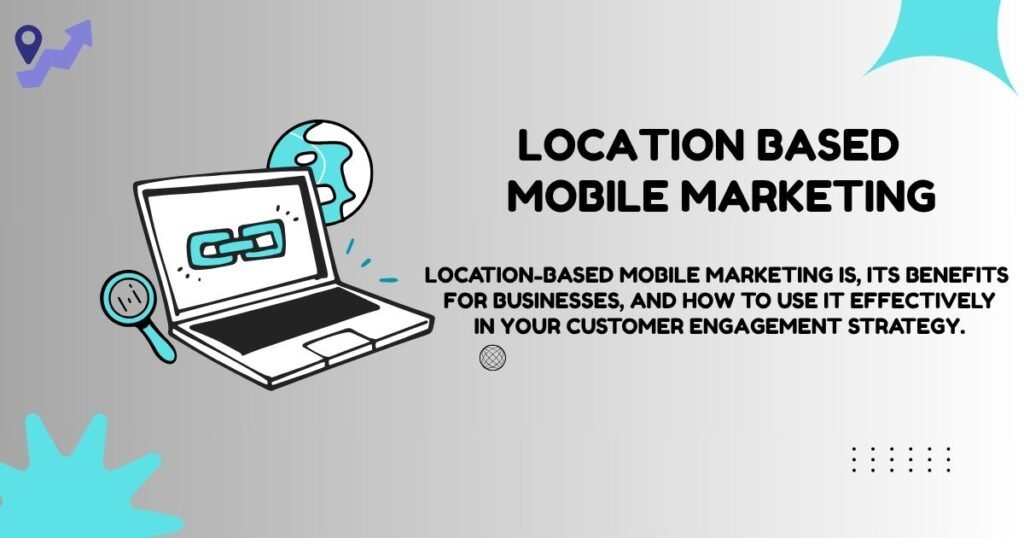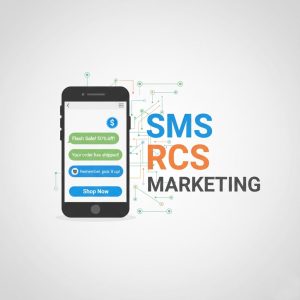What Is Location Based Mobile Marketing and How Can It Benefit Your Business?

Place -based mobile marketing is shaped businesses to join the public. By taking advantage of mobile technology and geolocation data, companies are able to reach potential customers in real time, offering individual and relevant relevant experiences.
If you have heard the word, but it is not certain how it works or how it can be of benefit to your business, this blog post will run through the basic, great benefits and action -rich methods to integrate site -based marketing into your strategy.
What Is Location Based Mobile Marketing?
Place-based mobile marketing uses GPS, Wi-Fi signal, Bluetooth and other geolocation techniques to provide ads to users based on their physical rooms.
Primary goals? At the right time, at the right time, to reach the right person. Understand where the audience is, you can offer them promotion, updates or services that are both timely and relevant.
For instance:
- A coffee shop might send a discount coupon to a customer who walks within a targeted radius of their store.
- A retailer could notify nearby users about an in-store sale that’s happening for a limited time.
These personalized interactions help increase engagement and conversion rates while creating a more meaningful connection with your audience.
Key Benefits of Location-Based Mobile Marketing
Businesses, both large and small, stand to benefit from incorporating location-based marketing into their strategies. Here are the top advantages:
1. Hyper-Targeted Campaigns
Location-based marketing lets you tailor your messages to very specific audiences. For example, instead of broadcasting a generic advertisement to everyone, you can send targeted offers to individuals who live or work near your store. This precision minimizes waste in your advertising efforts and maximizes ROI.
2. Increased Customer Engagement
Personalized and relevant messages have a much higher chance of grabbing attention. If a customer receives a notification for a discount while they’re already nearby, they’re more likely to act on it. This immediacy boosts engagement and fosters a sense of relevance.
3. Improved Foot Traffic
If you’re looking to drive more in-store traffic, geo-targeted offers can work wonders. Enticing customers with limited-time offers or exclusive deals while they’re in the vicinity makes it more convenient for them to visit your location.
4. Value-Driven Personalization
Customers appreciate brands that personalize their communication. Delivering marketing messages tailored to a user’s location and preferences not only builds trust but also enhances the overall customer experience.
5. Data-Driven Insights
One of the often-overlooked benefits of location-based marketing is the data it generates. Businesses can gain valuable insights into customer behavior, such as which locations have the most foot traffic, peak times, and preferences for certain offers. These insights can inform future marketing strategies.
How Does Location Based Mobile Marketing Work?
To implement location-based marketing effectively, businesses rely on a combination of technologies. Here’s a quick overview:
GPS Tracking
Global Positioning System (GPS) tracking is commonly used for targeting customers based on their location. It allows businesses to define virtual perimeters (geofences) around specific areas. When a user enters or exits the geofence, they receive a location-based alert.
Bluetooth and Beacons
Beacons are small Bluetooth-enabled devices placed in physical locations like stores or malls. They send short-range signals to mobile devices, which can trigger notifications, discount offers, or personalized greetings.
Wi-Fi
Many businesses use Wi-Fi connections to pinpoint users’ locations indoors. For example, airports and shopping malls can track users who connect to their Wi-Fi networks and deliver targeted messages.
Mobile Apps
Location-based marketing often works through mobile apps that users have installed on their devices. These apps can request permission to track location data, enabling businesses to send hyper-relevant offers and updates.
Real-World Examples of Location Based Marketing
To better understand its applications, let’s look at a few examples of businesses successfully using location-based marketing:
- Starbucks: Starbucks uses geofencing to send mobile notifications about special deals to users who are near their stores. This tactic has helped Starbucks improve their customer reach and increase foot traffic.
-
- Uber: Uber’s app uses location data to connect riders with the nearest drivers, enhancing customer convenience while reducing wait times.
- Retail Brands: Retailers like Macy’s utilize in-store beacons to send personalized coupons or information about nearby sales to shoppers within their stores.
Tips to Get Started With Location Based Marketing
If you’re ready to dip your toes into location-based marketing, here are a few steps to help you get started:
1. Obtain User Consent
Privacy is a top concern among users. Always ensure you ask for explicit consent before collecting location data. Transparency about how their data will be used goes a long way in building trust.
2. Define Geofences for Target Areas
Identify areas most relevant to your business, whether it’s near retail locations, competitor stores, or event venues. Set up geofences so you can start delivering location-specific messages.
3. Focus on Personalization
Avoid generic messages. Analyze customer behavior and preferences to craft campaigns that add value and feel personalized.
4. Use Analytics to Optimize Campaigns
Leverage the data collected from location-based campaigns to refine your strategy. Identify trends, such as which locations and offers generate the best results.
5. Track Results
Measure success by tracking metrics like engagement rates, foot traffic, and sales conversions to gauge how location-based marketing impacts your bottom line.
Read about : Master Hyperlocal Mobile Advertising
Challenges to Keep in Mind
Despite its benefits, location-based marketing comes with its share of challenges:
- Privacy Concerns: Misuse of location data can lead to a loss of trust. Always comply with data privacy regulations like GDPR.
- Battery Drain Issues: Some technologies like GPS can drain mobile battery life, potentially frustrating users.
- Over-Targeting: Bombarding customers with too many notifications might annoy them, so aim to strike a balance.
Final Thoughts on Adopting Location Based Marketing
The location -based mobile marketing provides a very effective way to give customers personal, time and meaningful messages for companies. Whether you aim to run more feet traffic, increase commitment or promote sales, location -based marketing provides the equipment to make the goal campaign that achieves results.
However, success depends on a clear strategy, the user on the basis of respect for privacy and data on the basis of data insight. By integrating site -based marketing into your overall strategy, you can take your business to the next level.
If you are ready to start utilizing the power of site -based marketing, it’s not time to find out the opportunities.





